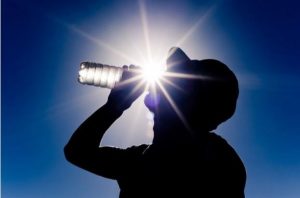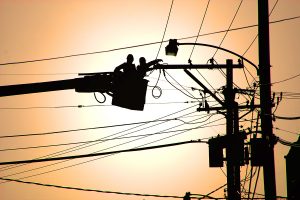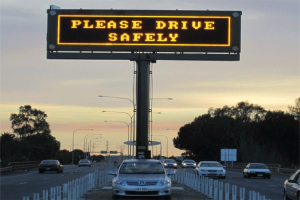Written by Peter Scully
Driving an HGV in bad weather can make for great TV, but in real life it can make a difficult job even more challenging. Fortunately, there are steps you can take to keep yourself safe on the roads even in bad weather.
Remember engines don’t like cold
Engines depend on fluids running through them (e.g. oil and petrol). The colder it gets, the more these liquids solidify and the more they solidify, the longer it takes to warm them up to the point where they run freely.
This means that as temperatures begin to drop you want to start allowing extra time for your engine to warm up before you start driving. In early winter 5 minutes might do it, but when temperatures are at their lowest, you might need to allow as much as 15. It’s important to do this because it will keep your engine, literally, running smoothly, which keeps you safer and reduces the chances of it being damaged.
You need to be able to see where you’re going
One of the liquids in your engine will be windscreen wiper and you need to make sure that this is fully topped-up and also that it has antifreeze in it, for when temperatures drop below zero.
Visibility is always an issue in bad weather, especially in the colder months when there is minimal daylight, so you will need to make a particular effort to make sure that your windscreen is always kept clean (and hence clear) along with your mirrors and lights. You can take care of all this while your engine is warming.
Salt is good for tires but bad for metalwork
Salt or grit may help your tires to grip but it does not replace good treads so keep a particularly close eye on how your tires are wearing. Salt is horrendous for bodywork (and the abrasiveness of grit isn’t good news for it either). You’ll therefore have to make a point of cleaning the metalwork regularly; otherwise you will wind up with rust issues.
Wind speed means wind strength
The faster a wind is blowing the stronger it is. This probably won’t be too much of an issue if an HGV has a decent load in it, although you will have to drive with extra care. It can, however, be a serious safety threat to empty HGVs which, while heavy vehicles, are light enough to be tipped over in strong gales.
Ideally, you should avoid driving at all in this kind of weather, however, if you absolutely must, go slowly and keep as far to the curb side of the road/motorway lane as you possibly can. That way if the wind starts pushing you to the side you have a bit more time to respond before being pushed across the road into another lane.
Standard driving rules apply even more than usual
Driving an HGV is an exercise in thinking ahead to anticipate and avoid difficult situations. The problem in bad weather is that the limited visibility restricts your ability to see the road and hence limits the information available to you. Because of this you need to slow your speed as much as you can and be extra-aware that you are maintaining safe distances.
NDS are a certified HGV driver training school based in Nottingham, UK.



